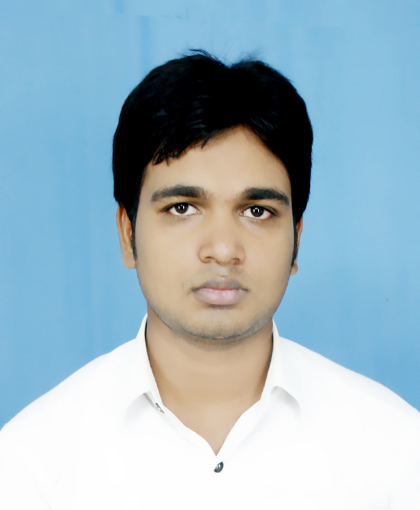H/H BLOOD GROUP SYSTEM: A RARE BLOOD GROUP
{ DOWNLOAD AS PDF }
 ABOUT AUTHORS
ABOUT AUTHORS
L Reddenna1*, Dr. P. Venkatesh1, K Siva Kumar2, A Sai keshava Reddy2
1* Department of Pharmacy Practice,
Jagan’s College of Pharmacy,
Nellore, Andhra Pradesh, India
2 Department of Pharmacy Practice,
Nirmala College of Pharmacy, Kadapa, Andhra Pradesh, India
*reddennapharmd@gmail.com
ABSTRACT
The subsistence of a human H/h genetic polymorphism was first recognized by the innovation of an individual devoid of the H antigen on red cells in Bombay who had antibodies in plasma reacting with all the red cells exhibiting the normal red cell ABO phenotypes. These persons were genetically termed as homozygous hh or Bombay phenotype. H-deficient Bombay phenotype is exceptional, since it occurs in about 1 in 10,000 individuals in India and 1 per 1,000,000 individuals in Europe. After the first report of Oh phenotype from Mumbai in 1952 by Bhende, numerous other workers detected this weird phenotype in India. The complexity with the Bombay phenotype is that the individuals having blood group of Bombay phenotype (Oh) can either receive autologous donation or blood from an individual of Bombay phenotype only; no other blood will match in case of an emergency blood transfusion. The aim of present study was to communicate the information about rare blood entity and to review the previous case reports.




 ABOUT AUHTORS
ABOUT AUHTORS ABOUT AUHTOR
ABOUT AUHTOR ABOUT AUHTORS
ABOUT AUHTORS ABOUT AUHTORS
ABOUT AUHTORS






